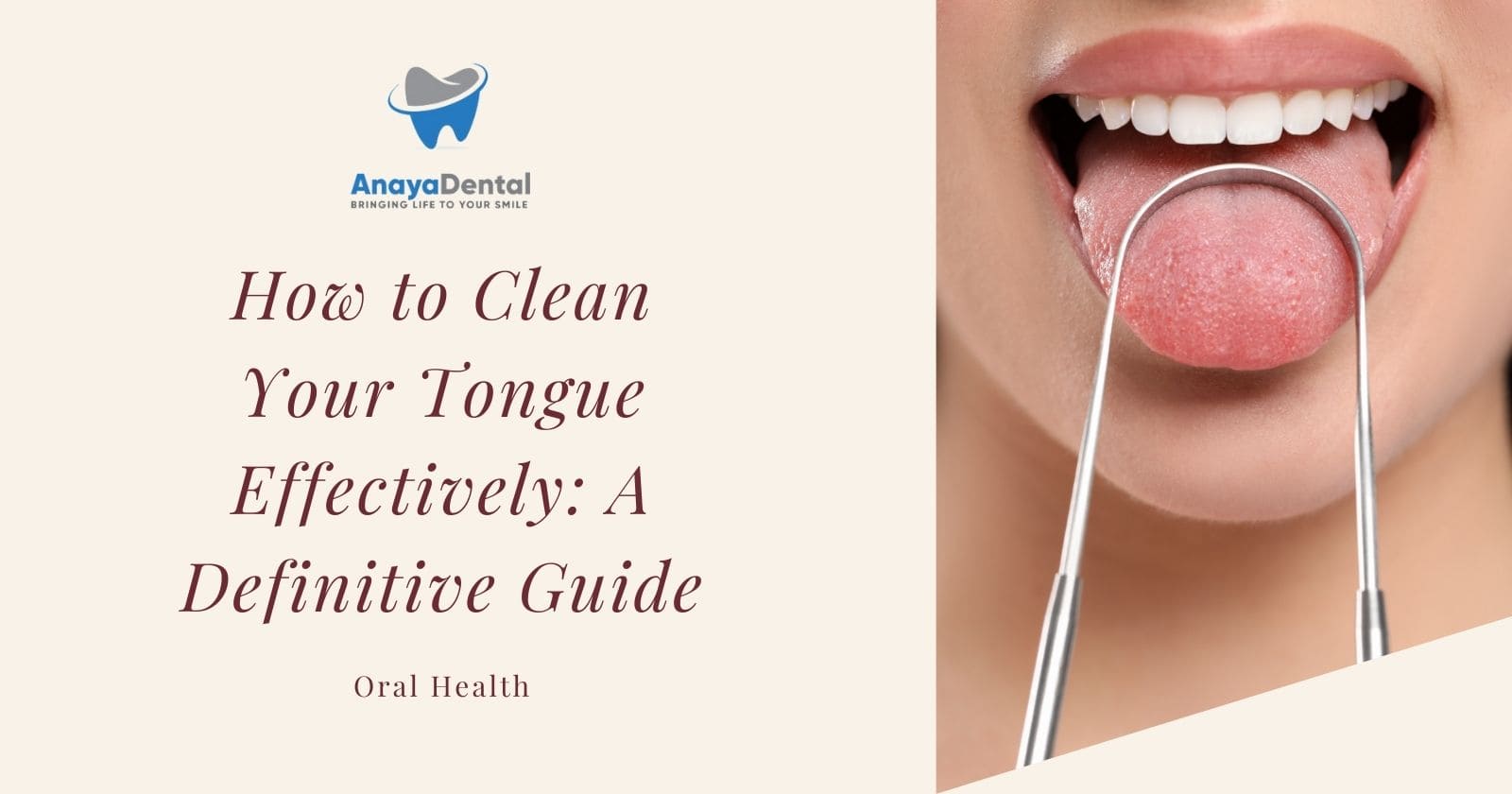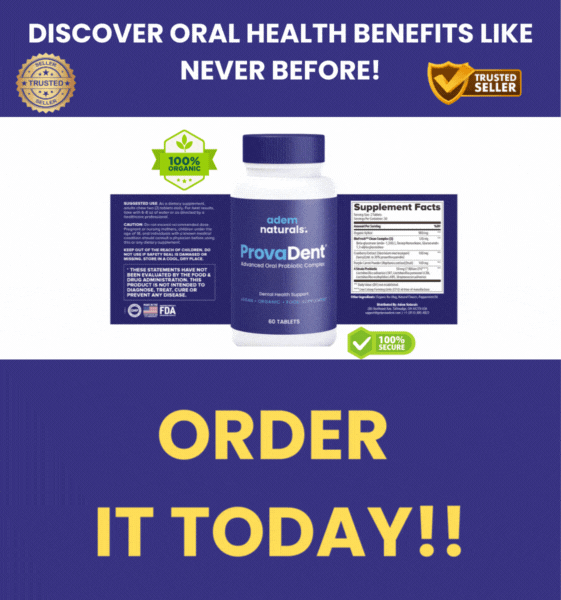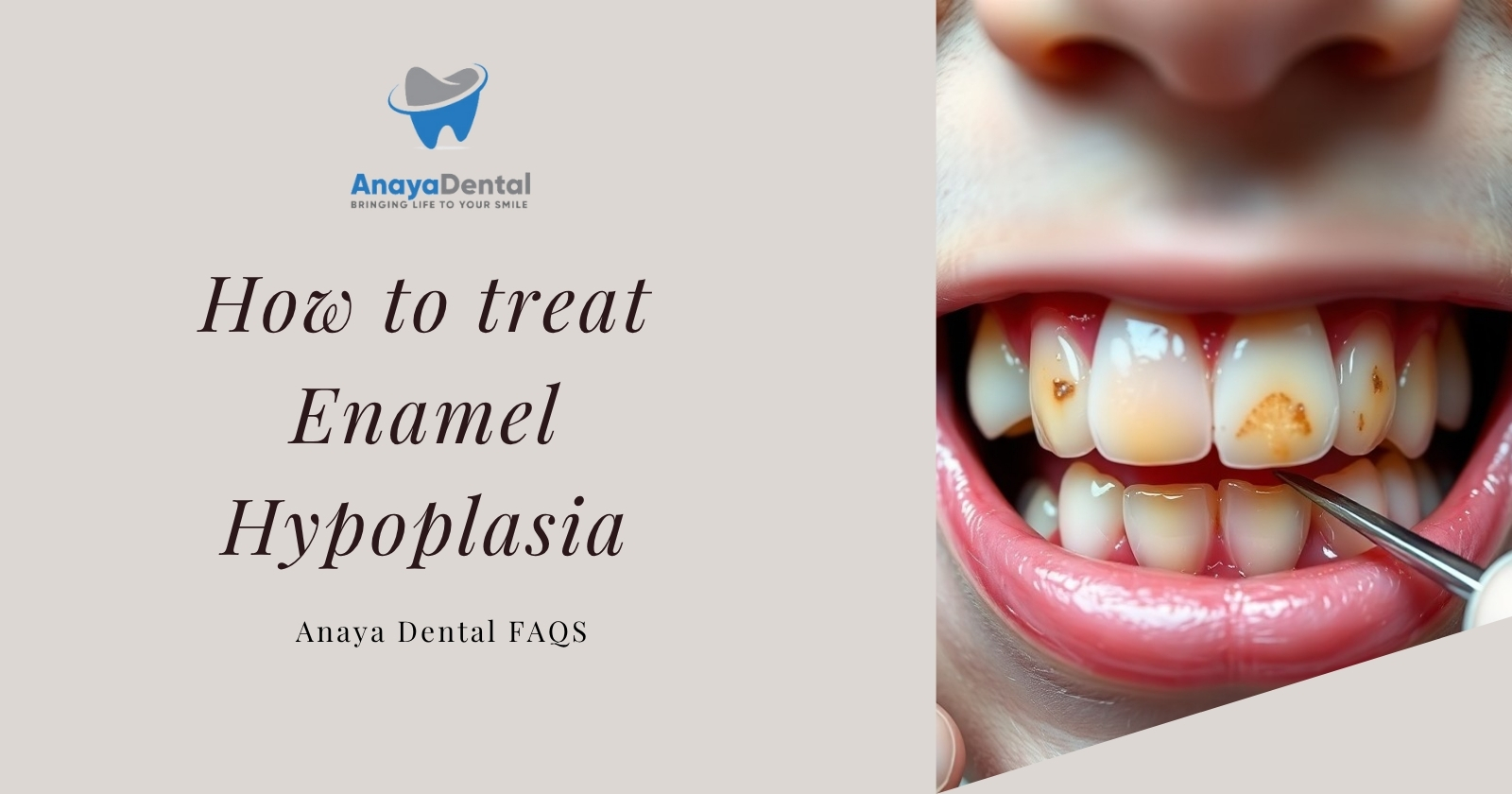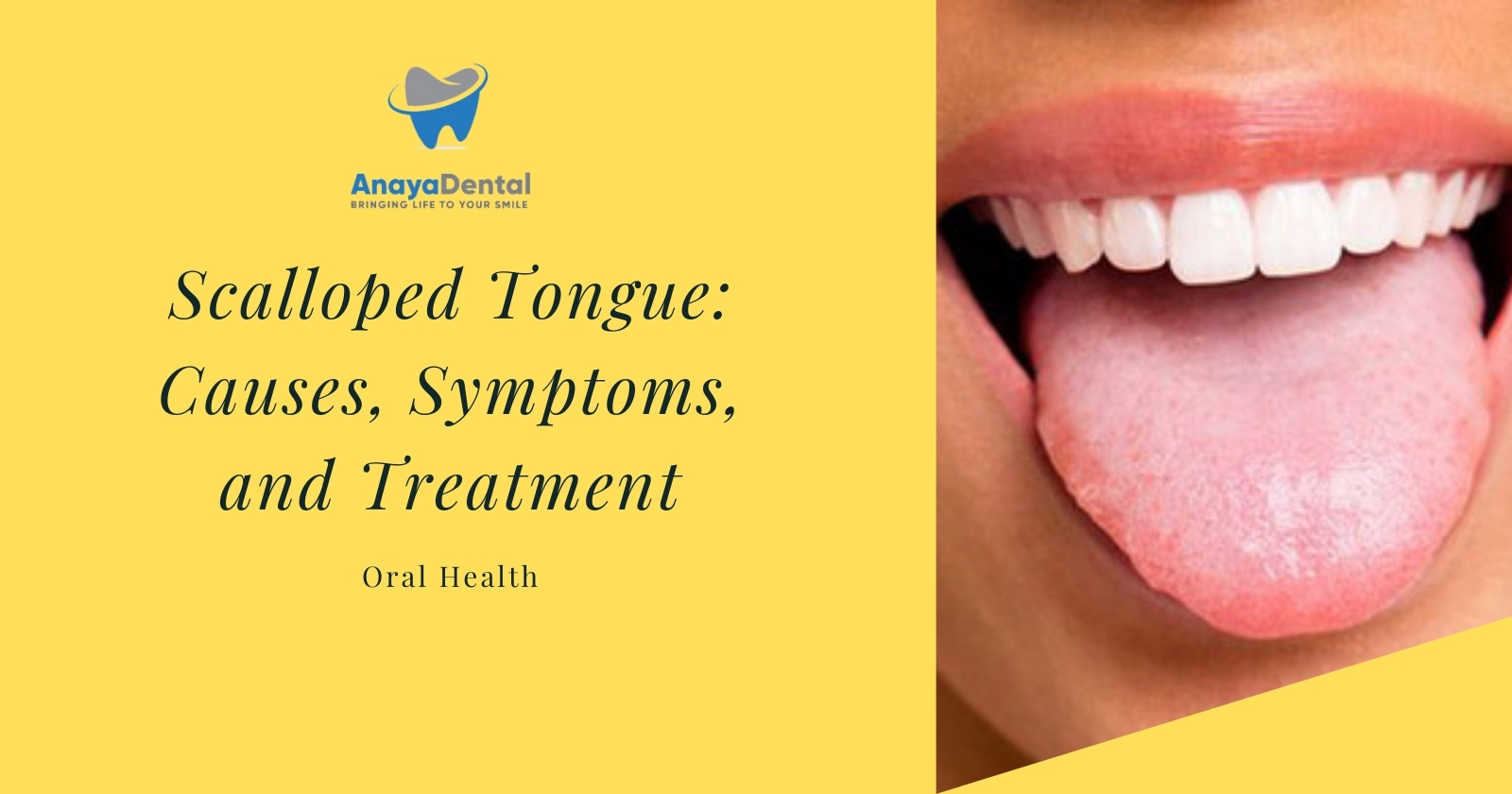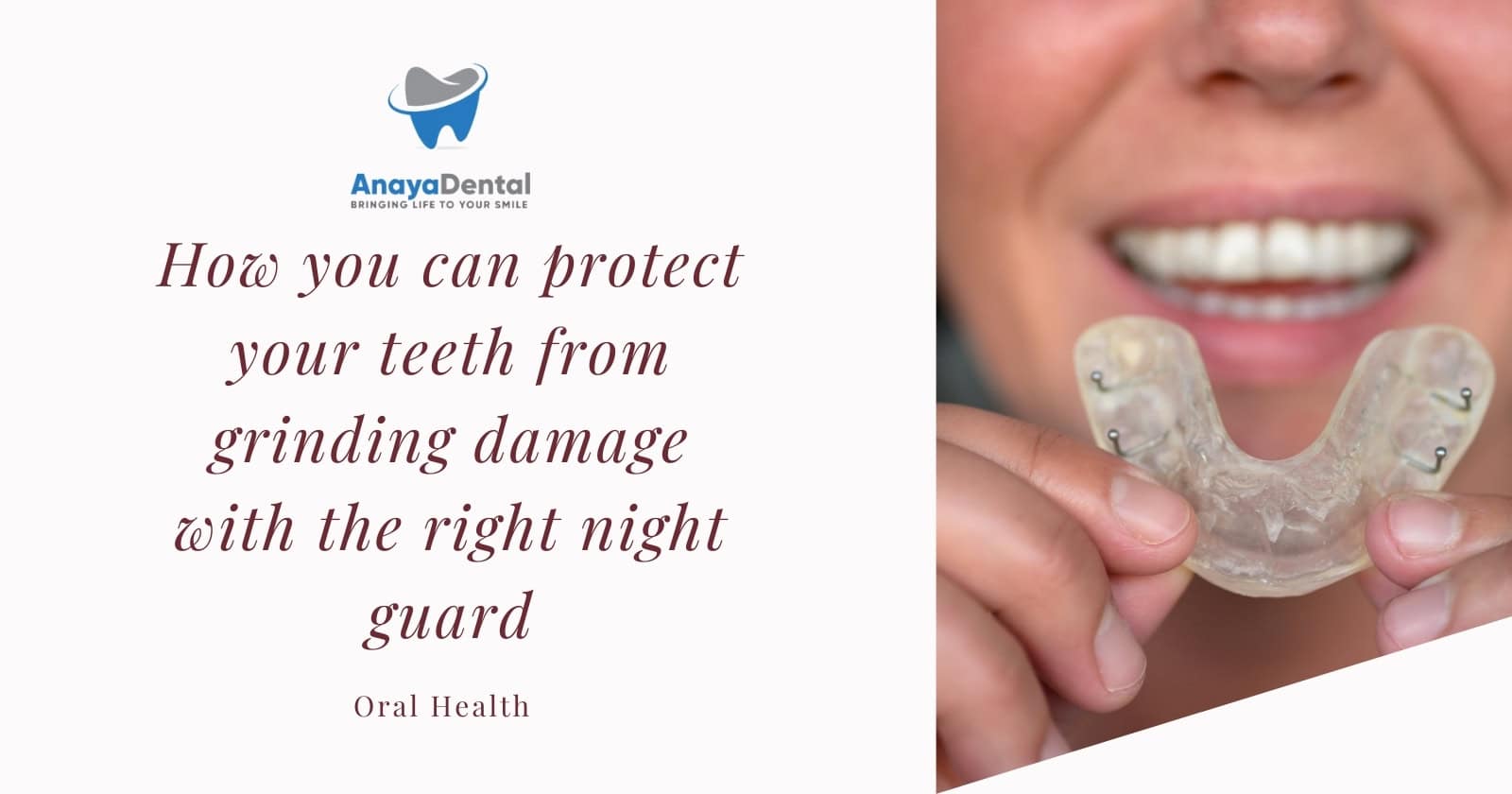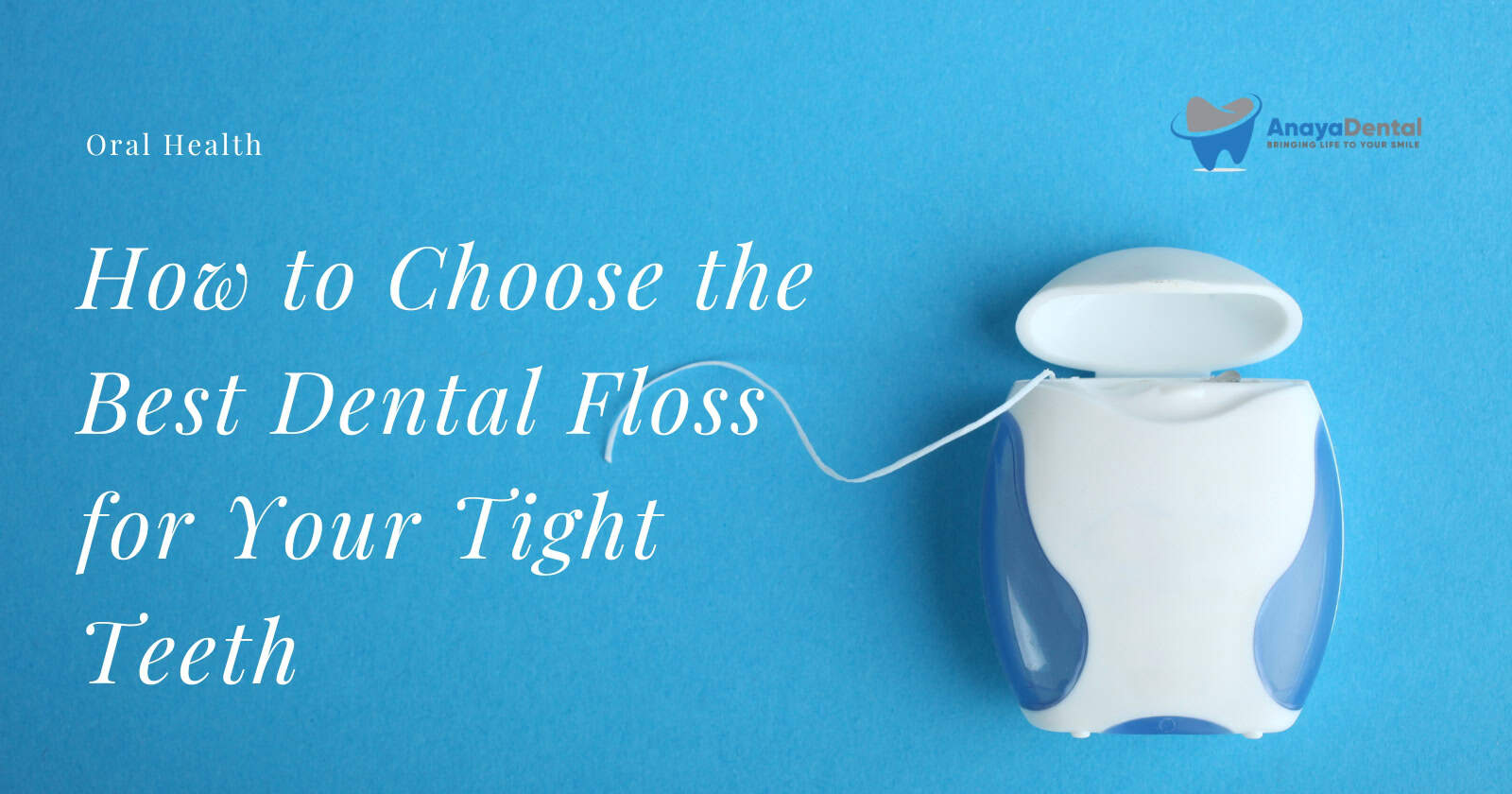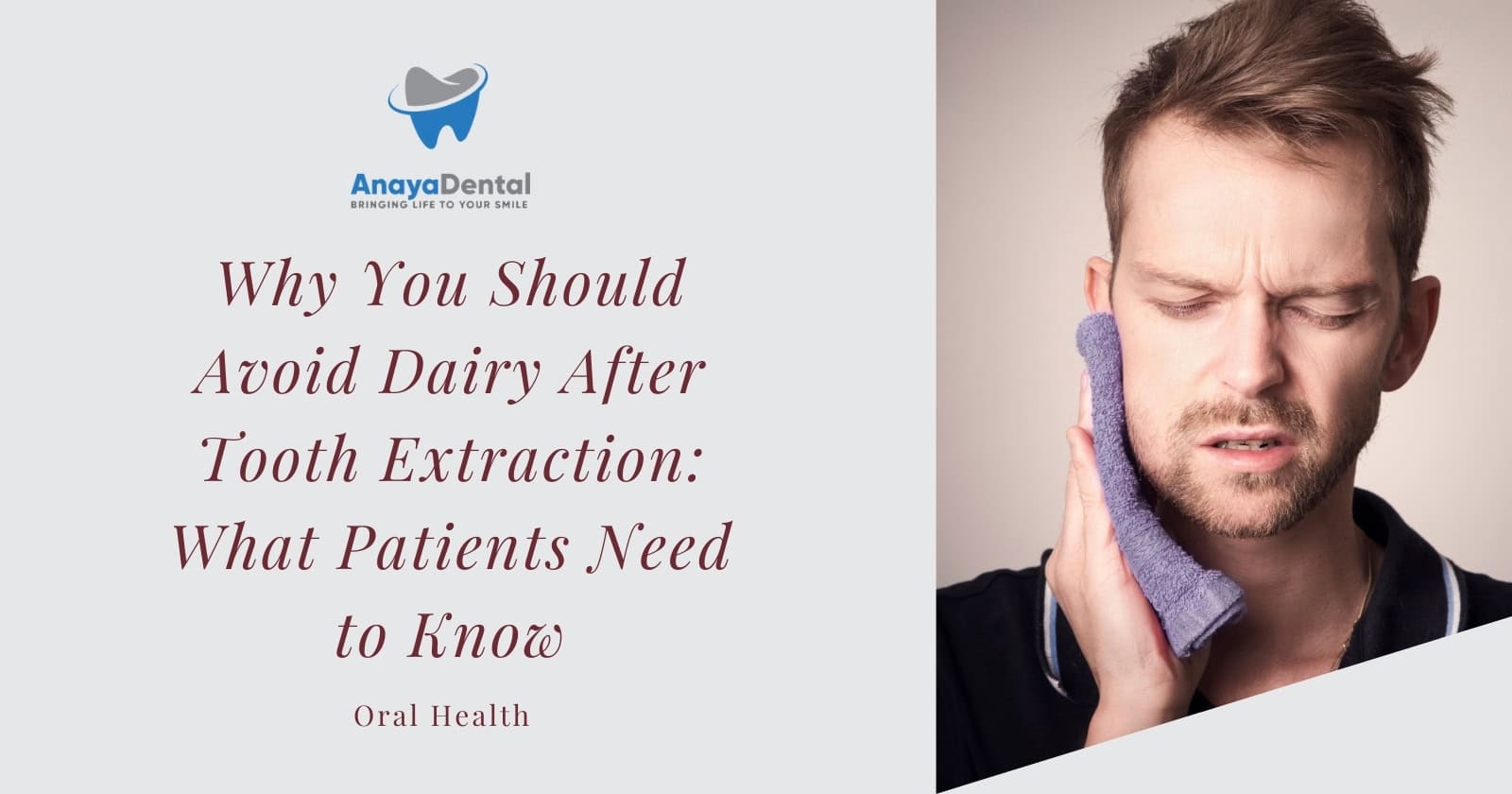The first thing I noticed when my dentist handed me a small mirror during my checkup was the white coating on my tongue. “That’s where most of your bad breath is coming from,” she explained. Despite brushing twice daily and flossing regularly, I had completely overlooked an essential part of oral hygiene—tongue cleaning. If you’ve ever experienced persistent bad breath despite good brushing habits or noticed a discolored coating on your tongue, you’re not alone. Approximately 80% of halitosis cases are caused by oral conditions, with tongue bacteria being a primary culprit.
Why Tongue Cleaning Matters: The Science Behind It
Your tongue isn’t just a smooth muscle—it’s covered with tiny bumps called papillae that create the perfect environment for bacteria, food particles, and dead cells to accumulate. This buildup is what forms the white or yellowish coating you might see on your tongue.
According to the American Dental Association, this bacterial film produces volatile sulfur compounds (VSCs) that are the primary cause of bad breath. Beyond halitosis, research published in the Journal of Periodontology has linked excessive tongue bacteria to:
Try Our Dental Calculators
- Increased risk of gum disease
- Altered taste perception
- Contribution to tooth decay
- Potential links to systemic health issues
Dr. Michael Chen, periodontist at Columbia University Dental School, explains: “The tongue essentially serves as a reservoir for oral bacteria. When we neglect tongue cleaning, we’re allowing billions of bacteria to thrive in our mouths, potentially affecting both oral and overall health.”
Signs You Need to Improve Your Tongue Cleaning Routine
How do you know if your tongue needs more attention? Look for these indicators:
- Visible white, yellow, or grayish coating on your tongue surface
- Persistent bad breath that returns shortly after brushing
- Dulled sense of taste or flavors not seeming as strong
- Fuzzy or hairy feeling on the tongue surface
- Morning breath that seems particularly strong even after proper evening oral care
- Complaints from friends or family about your breath (though they might not mention it directly)
“A healthy tongue should be pink and slightly moist with a thin whitish coating,” explains Dr. Chen. “If your tongue appears significantly coated or discolored, it’s likely accumulating bacteria and debris that need to be removed.”
Understanding Tongue Anatomy and Why Cleaning Matters
To better understand why tongue cleaning is so essential, it helps to know the structure of your tongue. The surface of your tongue contains hundreds of tiny projections called papillae, which give the tongue its characteristic rough texture. These papillae come in four main types:
- Filiform papillae – The most numerous type that create the rough texture but contain no taste buds
- Fungiform papillae – Mushroom-shaped projections that contain taste buds for sweet, salty, sour, and bitter flavors
- Circumvallate papillae – Larger structures at the back of the tongue that also contain taste buds
- Foliate papillae – Located on the sides of the tongue that contribute to taste sensation
These structures, while vital for taste and food manipulation, create countless microscopic crevices where bacteria, food particles, and dead cells can hide. A single square centimeter of your tongue can harbor over 100 million bacteria from as many as 600 different species, according to research published in the Journal of Applied Oral Science.
The Right Way to Clean Your Tongue: Step-by-Step Guide
Cleaning your tongue effectively requires the right technique and tools. Here’s how to do it properly:
Preparing for Tongue Cleaning
Before you begin any tongue cleaning method, take these preparatory steps:
- Choose the right time – Ideally, clean your tongue in the morning as part of your morning oral hygiene routine
- Ensure good lighting – Proper visibility helps you clean more effectively
- Have water ready – You’ll need it to rinse your mouth and cleaning tool
- Start with clean hands – Always wash your hands thoroughly before putting anything in your mouth
- Position yourself comfortably – Stand in front of a mirror where you can see your open mouth clearly
Method 1: Using a Tongue Scraper
A tongue scraper is a bent strip of plastic or metal designed specifically for removing tongue coating.
- Stand in front of a mirror with good lighting
- Stick out your tongue as far as comfortably possible
- Place the scraper at the back of your tongue (but not so far that it triggers your gag reflex)
- Apply gentle pressure and pull the scraper forward toward the tip of your tongue
- Rinse the scraper after each pass to remove debris
- Repeat 3-5 times, working across the entire surface of your tongue
- Rinse your mouth thoroughly with water afterward
“Tongue scrapers are often more effective than brushes because their thin, flat surface can better remove the bacterial film without pushing it into the crevices of the tongue,” says Dr. Jennifer Lopez, DMD, spokesperson for the American Academy of Oral Medicine.
Method 2: Using a Toothbrush
If you don’t have a tongue scraper, your toothbrush can work too:
- Apply a small amount of toothpaste to your brush (optional)
- Extend your tongue and place your brush at the back
- Use gentle pressure and brush forward with short strokes
- Brush from back to front several times, covering the entire surface
- Rinse thoroughly with water
A 2019 study in the International Journal of Dental Hygiene found that while both methods reduce bacterial load, tongue scrapers removed 30% more volatile sulfur compounds than toothbrushes.
When to Clean Your Tongue
For optimal results:
- Clean your tongue once daily, ideally in the morning
- Make it part of your regular brushing routine
- Do it before breakfast when bacterial accumulation is highest after sleep
- Be consistent for best long-term results
Comparing Tongue Cleaning Tools
| Tool | Pros | Cons | Approximate Cost | Replacement Schedule |
|---|---|---|---|---|
| Plastic Tongue Scraper | Gentle, affordable, easily cleaned | Less durable, less effective than metal | $3-$8 | Every 3-4 months |
| Copper/Metal Tongue Scraper | Very effective, durable, naturally antimicrobial | Higher cost, can be too rigid for sensitive mouths | $8-$20 | Every 6-12 months |
| Toothbrush | Convenient, no additional tool needed | Less effective than dedicated scrapers, may trigger gag reflex | N/A (using existing brush) | N/A |
| Electric Tongue Cleaner | Effective, requires less manual effort | Expensive, requires batteries/charging | $15-$30 | Every 6 months (heads) |
Common Tongue Cleaning Mistakes to Avoid
Even with the best intentions, many people make these mistakes:
- Scraping too hard, which can damage taste buds and cause discomfort
- Not reaching the back of the tongue where most bacteria accumulate
- Scraping only once (multiple passes are needed)
- Using an unclean scraper (always rinse thoroughly before and after use)
- Inconsistent cleaning (daily cleaning yields the best results)
- Scraping from front to back (which can push bacteria toward your throat)
- Using someone else’s tongue cleaner (this can transfer bacteria between people)
- Not replacing tongue cleaners regularly (they can harbor bacteria over time)
- Cleaning immediately after eating (wait at least 30 minutes after meals)
Dr. Lopez warns: “Many patients scrape too aggressively, thinking more pressure equals better cleaning. This actually can irritate the tongue and potentially damage taste buds. Gentle, consistent cleaning is much more effective.”
Troubleshooting Common Tongue Cleaning Issues
Despite following proper technique, you might encounter these common challenges:
Persistent Coating Despite Regular Cleaning
If you notice your tongue coating returns quickly despite regular cleaning:
- Review your hydration – Dehydration can contribute to tongue coating
- Consider your diet – High sugar or processed foods can promote bacterial growth
- Check medications – Some medications can cause dry mouth or tongue discoloration
- Evaluate oral products – Some mouthwashes with alcohol can dry the mouth
- Consult your dentist – Persistent coating might indicate an underlying condition
Discomfort or Pain During Cleaning
If tongue cleaning causes pain:
- Reduce pressure – Use a gentler touch when scraping
- Check your tool – Ensure it has no sharp edges or rough surfaces
- Look for injuries – Small cuts or burns on the tongue can be aggravated by cleaning
- Consider allergies – You might be sensitive to the material of your cleaner
- See a professional – Persistent pain warrants a dental check-up
Special Considerations for Tongue Cleaning
For Sensitive Gag Reflexes
If you find yourself gagging when trying to clean your tongue:
- Start at the middle of your tongue rather than the back
- Gradually work your way backward as tolerance improves
- Try exhaling while scraping to suppress the gag reflex
- Use a narrower scraper that doesn’t touch the sides of your mouth
- Hum or make an “ahh” sound while cleaning, which can help relax the throat
- Try closing your eyes and focusing on your breathing
- Use your non-dominant hand to squeeze your left thumb inside your fist (a pressure point technique that can reduce gagging)
“For patients with strong gag reflexes, I recommend starting with a much shorter reach toward the back of the tongue,” says Dr. Lopez. “Over time, most people can desensitize their reflex and reach further back. Consistency is key—attempting a little each day rather than forcing yourself through an uncomfortable experience occasionally.”
For Children
- Start around age 4-5 when they can follow instructions
- Use special child-sized scrapers with fun colors/designs
- Make it a game or part of a hygiene routine chart
- Demonstrate the technique by cleaning your own tongue first
For Medical Conditions
If you notice any of these issues, consult a healthcare provider before aggressive tongue cleaning:
- Extremely red, painful tongue
- Unusual patches or lesions
- Severe sensitivity
- Bleeding when cleaning
The Connection Between Tongue Cleaning and Overall Health
The benefits of proper tongue cleaning extend beyond fresh breath and oral health. According to research published in the Journal of Clinical Periodontology, regular tongue cleaning may:
- Reduce the overall bacterial load in your mouth, potentially benefiting heart health
- Decrease inflammatory markers associated with systemic inflammation
- Improve respiratory health by reducing potential pathogen load
- Enhance digestive function by improving taste perception and saliva production
The Oral-Systemic Health Connection
Modern dentistry increasingly recognizes the mouth as the gateway to overall health. This concept, known as the oral-systemic health connection, is supported by growing scientific evidence.
Dr. Chen explains: “The bacteria in your mouth don’t necessarily stay there. They can enter the bloodstream through tiny abrasions in the gum tissue or even during normal chewing. These bacteria and the inflammatory responses they trigger have been linked to various systemic conditions.”
Studies have identified potential connections between oral bacteria and:
- Cardiovascular disease – Oral bacteria have been found in arterial plaque
- Diabetes – Poor oral health can make blood sugar control more difficult
- Respiratory infections – Bacteria from the mouth can be aspirated into the lungs
- Adverse pregnancy outcomes – Including preterm birth and low birth weight
- Cognitive decline – Some research suggests possible links to Alzheimer’s disease
While tongue cleaning alone won’t prevent these conditions, it’s an important component of comprehensive oral hygiene that can help reduce the overall bacterial burden in your mouth.
The Traditional History of Tongue Cleaning
Tongue cleaning isn’t a modern invention—it has been practiced for thousands of years in various cultures:
- Ayurvedic medicine in India has advocated tongue scraping (jihwa prakshalana) for over 3,000 years
- Traditional Chinese Medicine includes tongue examination and cleaning as part of overall health assessment
- Roman civilization included tongue scraping in their oral hygiene practices with thin metal strips
- Islamic hygiene practices (Miswak) have traditionally included tongue cleaning
This historical persistence across diverse cultures suggests the benefits of tongue cleaning have been recognized throughout human history, long before modern scientific validation.
Integrating Tongue Cleaning into Your Oral Hygiene Routine
Creating a sustainable habit takes time and consistency. Here are strategies to help make tongue cleaning a permanent part of your daily routine:
- Place your tongue cleaner next to your toothbrush as a visual reminder
- Set a daily reminder on your phone until the habit becomes automatic
- Create a sequence – for example, brush, floss, clean tongue, rinse
- Track your progress with an oral hygiene app or simple calendar
- Notice improvements in breath freshness and taste as positive reinforcement
“One effective strategy is to link tongue cleaning with an existing habit,” suggests Dr. Chen. “If you already brush your teeth without fail every morning, adding tongue cleaning immediately after brushing leverages that established habit loop.”
Answering Common Questions About Tongue Cleaning
How often should I clean my tongue?
Most dental professionals recommend cleaning your tongue once daily, typically in the morning. However, if you notice coating returning quickly or are dealing with persistent bad breath, a gentle second cleaning in the evening may be beneficial.
Can tongue cleaning help with medical conditions?
While tongue cleaning primarily addresses oral hygiene, it may help with:
- Geographic tongue – Regular gentle cleaning can help manage discomfort
- Oral thrush – As an adjunct to medical treatment, not a replacement
- Dry mouth – By removing bacteria that thrive in dry conditions
However, these conditions require proper medical diagnosis and treatment—tongue cleaning alone is not sufficient therapy.
Is it normal for my tongue to bleed during cleaning?
No, bleeding is not normal during tongue cleaning and may indicate:
- Using too much pressure
- An injury to your tongue
- Underlying gum disease or other oral health issues
- Using a damaged or inappropriate cleaning tool
If bleeding persists, consult your dental professional.
Quick Review: Your Tongue Cleaning Essentials
- Clean your tongue daily using a proper tongue scraper or toothbrush
- Use gentle, front-to-back motions with 3-5 repetitions
- Be consistent and incorporate it into your daily routine
- Replace your tongue cleaner regularly (every 3-6 months)
- Consider tongue anatomy to understand why cleaning is necessary
- Start gently if you have a sensitive gag reflex
- Choose the right tool for your sensitivity level and preferences
- Consult a dentist if you notice persistent coating despite regular cleaning
Remember that tongue cleaning is just one component of comprehensive oral hygiene. Continue to brush twice daily, floss regularly, and maintain your dental checkups every six months for optimal oral health.
Sources:
- American Dental Association. (2023). “Oral Health Topics: Bad Breath.” https://www.ada.org/resources/research/science-and-research-institute/oral-health-topics/halitosis
- Winnier, J. J., et al. (2019). “The efficacy of different mechanical and chemical interventions on tongue coating.” International Journal of Dental Hygiene, 17(1), 75-80.
- Yaegaki, K., & Coil, J. M. (2020). “Examination, classification, and treatment of halitosis; clinical perspectives.” Journal of the Canadian Dental Association, 86(k7).
